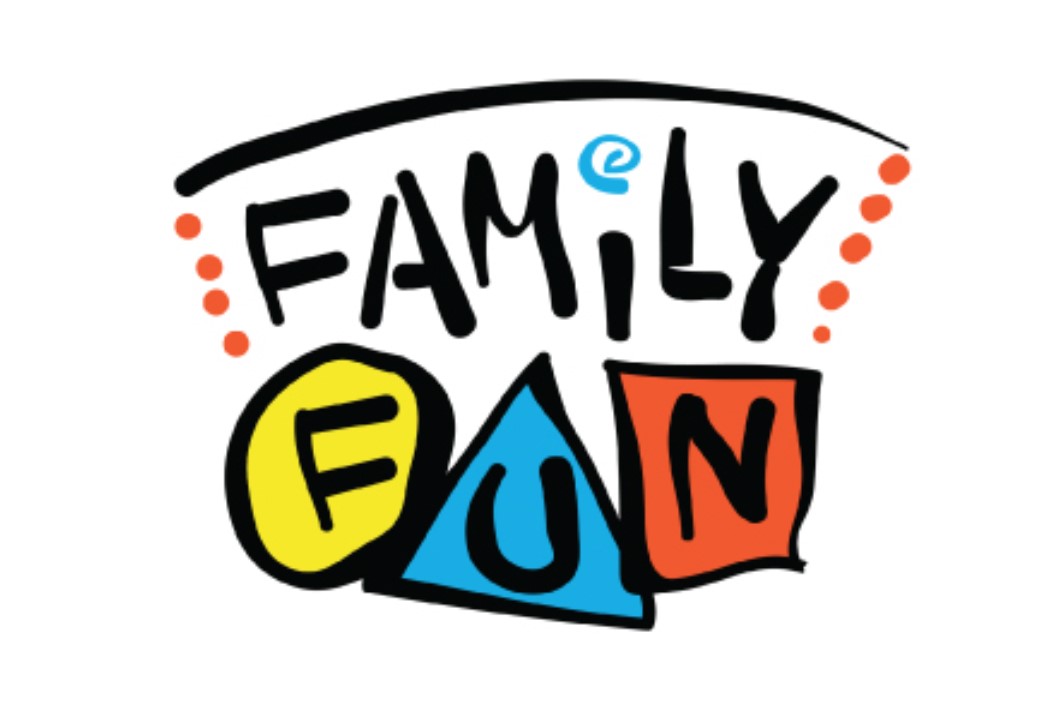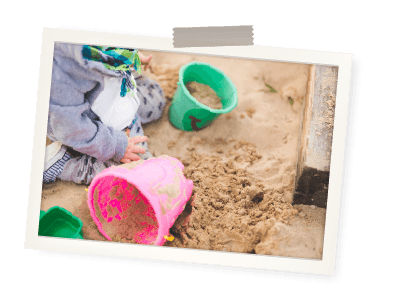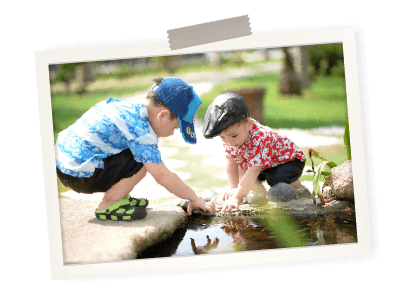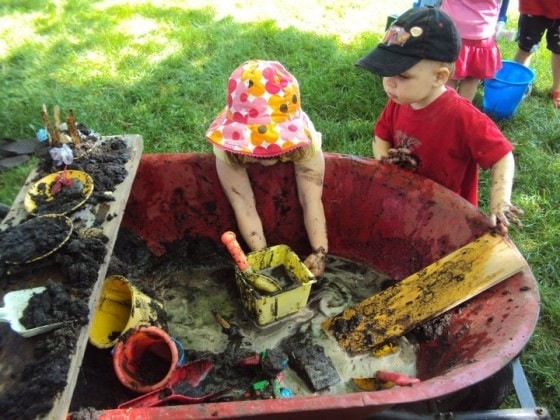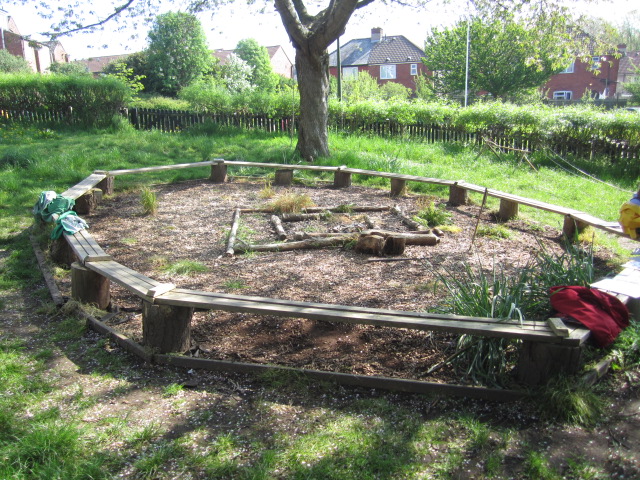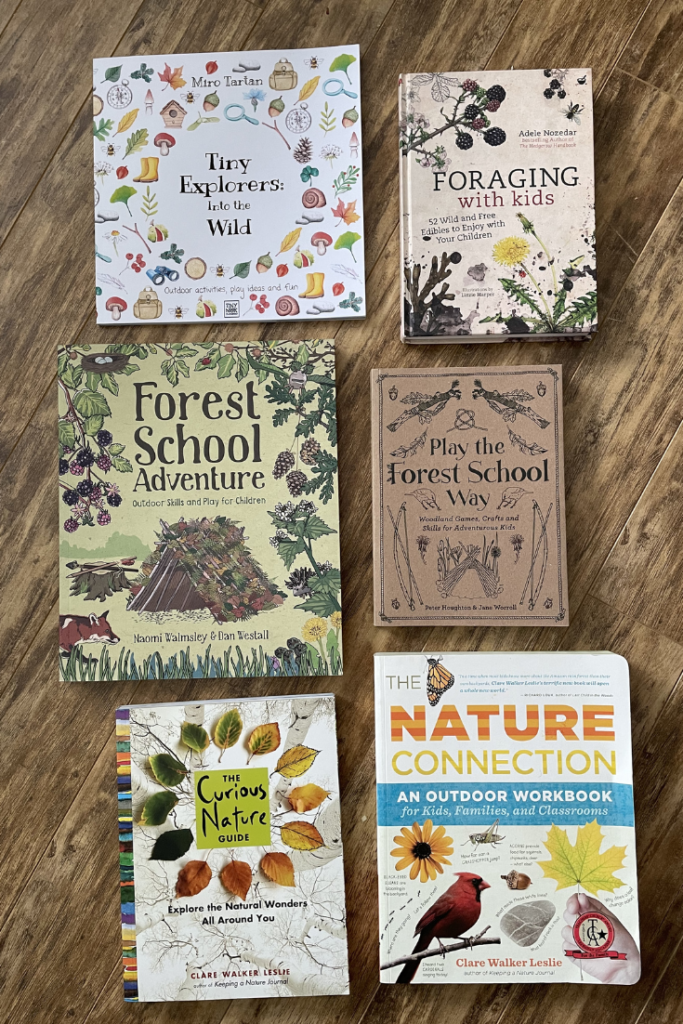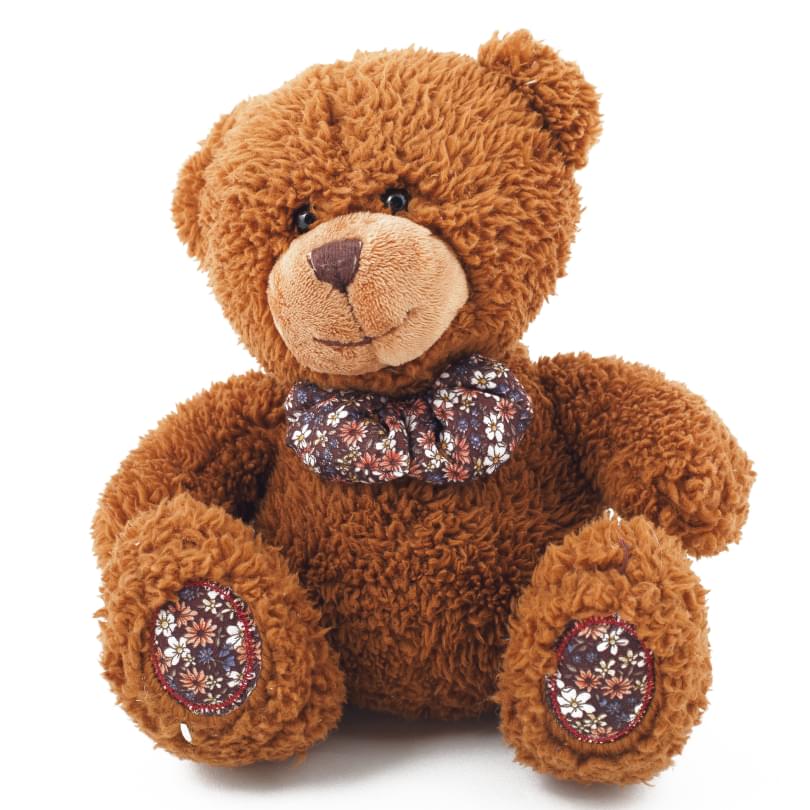
Benefits of Learning Through Play
When it comes to learning during the early years of a child, parents, educators, and experts are always looking for interesting and unique ways to come up with better techniques that would ensure that children can get the most out of their learning sessions.
These learning techniques go beyond ensuring that the child is able to get better grades in school. It has more to do with creating an environment that would enhance a balanced growth and development at a time that is most crucial in the life of a child. A better learning/teaching method would also contribute to equipping them with the necessary life skills.
What is play-based learning? Play-based learning is as the name implies is learning that involves playing. There was a time when the chalkboard and plenty of talk was considered the ideal method of teaching a child. However, children have a naturally inquisitive nature that inspires them to consistently explore their world. This makes it extremely difficult for them to sit through a lengthy classroom session where they were expected to follow specific directives.
The play-based learning method factors in the naturally playful nature of children and finds a way to incorporate play into the learning of foundational numeracy, literacy, and social skills. So, where a child would have sat through a regular class learning how to add and subtract numbers on the board, they would probably be learning those exact skills in a make-believe supermarket.
Apart from learning how to add and subtract numbers, this faux supermarket situation will also help the child learn how to negotiate as well as socialise. This means that with each learning session, the child is able to get more out of that class.
Why is learning through play important?For starters, the goal of learning is to ensure that we can evolve and get the most out of each lesson. In this case, we are dealing with children and since they are still in the developmental stages of their lives, it is important to look for alternative methods that would help us achieve this goal. For the early learning years, the alternative method is learning through play.
Other than achieving our learning goals, why then is it so important we integrate play into learning?
1. It makes learning a much more realistic concept for them
As we have already established, children learn better through physical exploration. By including play in the learning process, you can provide them with the resources that engage all of their senses thus making learning more real to them… as opposed to a concept on the chalkboard.
2. It allows the child to express their individuality
By actively engaging the child, you can draw out their personality. When that happens, the child becomes more invested in the lessons that are being taught. This ensures that the outcome of that learning process is more effective for both the teacher and the child.
3. It helps educators develop a much more personalized learning package for the child
One of the best things about integrating play-based learning into preschool and kindergarten classes is the fact that it can help ensure that children are provided with a personalised learning package that has been specially adapted to suit their needs.
Educators can do this because, with play-based learning, they get a better understanding of each child. This stems from the opportunity provided to observe the child in their natural learning environment before developing learning solutions specifically suited to them.
Is play-based learning effective?If done right, having a structured playtime included in a school’s learning program can prove to be very effective in shaping the development of that child. This is because playing is very important for the brain development. Through play, a child can explore new concepts. With this exploration, new pathways are developed in the brain.
Also, when it comes to the transition between home life and school life, play-based learning helps the child integrate faster especially in their early learning years.
Play teaches children life skills, enriches their development and helps them to make sense of the world around them.
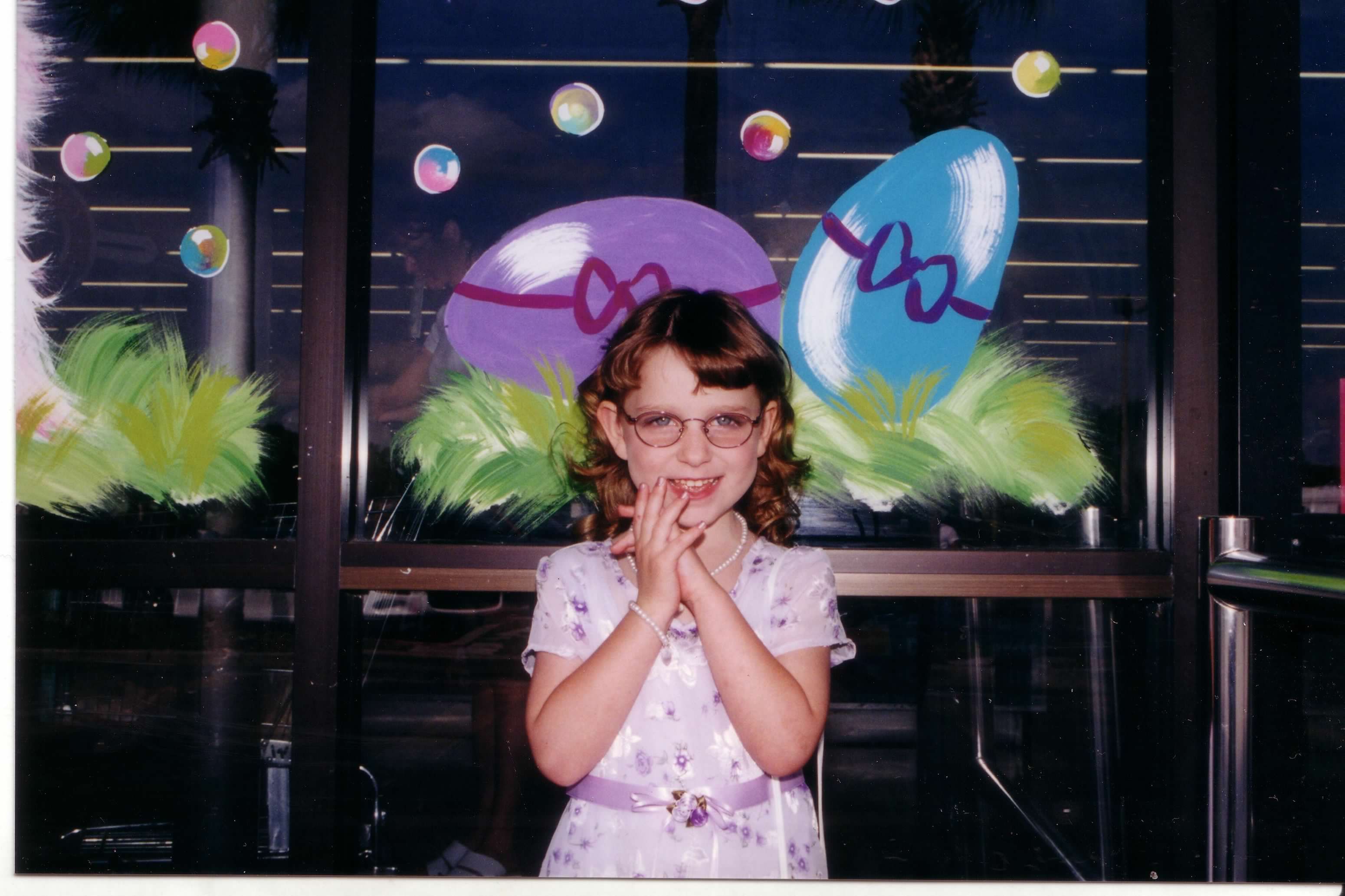
In recent years, there has been a surge in the trend of play-based learning. You may be asking yourself what is it and how can it help my child?
Your child deserves to have everything they need to thrive in both their educational needs and their welfare needs. This is where Hands on learning comes in, as it allows your child to get first-hand experience and explore the world around them. They’re able to learn and grow both intellectually and physically as play-based learning encourages them to develop their fine motor skills early.
This more hands-on approach can encourage a deeper understanding and appreciation of the lessons we’re teaching, and it also broadens your child’s problem-solving skills by using practical methods that have fast results.
As your child plays, they participate in an unstructured child-centered free play. The educators supervise and observe to see what is holding your child’s attention, and they can then build their lessons around the objects that hold this child’s interest. The goal is to build play experiences that are interesting and stimulating while still subtly incorporating any goals or lessons.
This is a breakaway method of traditional learning. While traditional learning does work, play-based learning can be a more effective means to expose your children to learning experiences like gardening, mindfulness, cooking, and yoga. They would not have these experiences in a traditional classroom, and we want to change that. We believe that your child can learn more by experiencing and trying new things, and it is this idea that we’ve built our curriculum around.
What are the 3 types of play? The different types of hands-on activities that encourage play based learning and each of them serve different purposes. The types of plays available for learning is not limited to the three that have been listed here. However, these three were chosen specifically for their usage in classrooms as well as their adaptability for children between the ages of 2 and 5.
1. Child initiated play
This is a spontaneous play-based learning initiated by the child. It requires minimal participation of the adult and frees the adult in the equation to observe the child’s activities.
2. Adult initiated play
In this scenario, the adult in this equation initiated the play. While the direction of the play is being guided by specific instructions aimed at promoting learning, there are still a lot of fun elements and playfulness. The session is not entirely left to the whims of the adult.
3. Guided play
In this type of play, it doesn’t matter who initiated it. At the end of the day, the adult involved guides the child on the kinds of activities to engage in without being as specific. So, in this case, you could say that it is a 50/50 effort from both parties. It is the adult’s role to properly guide them down the right path whilst not restricting the child’s creativity.
